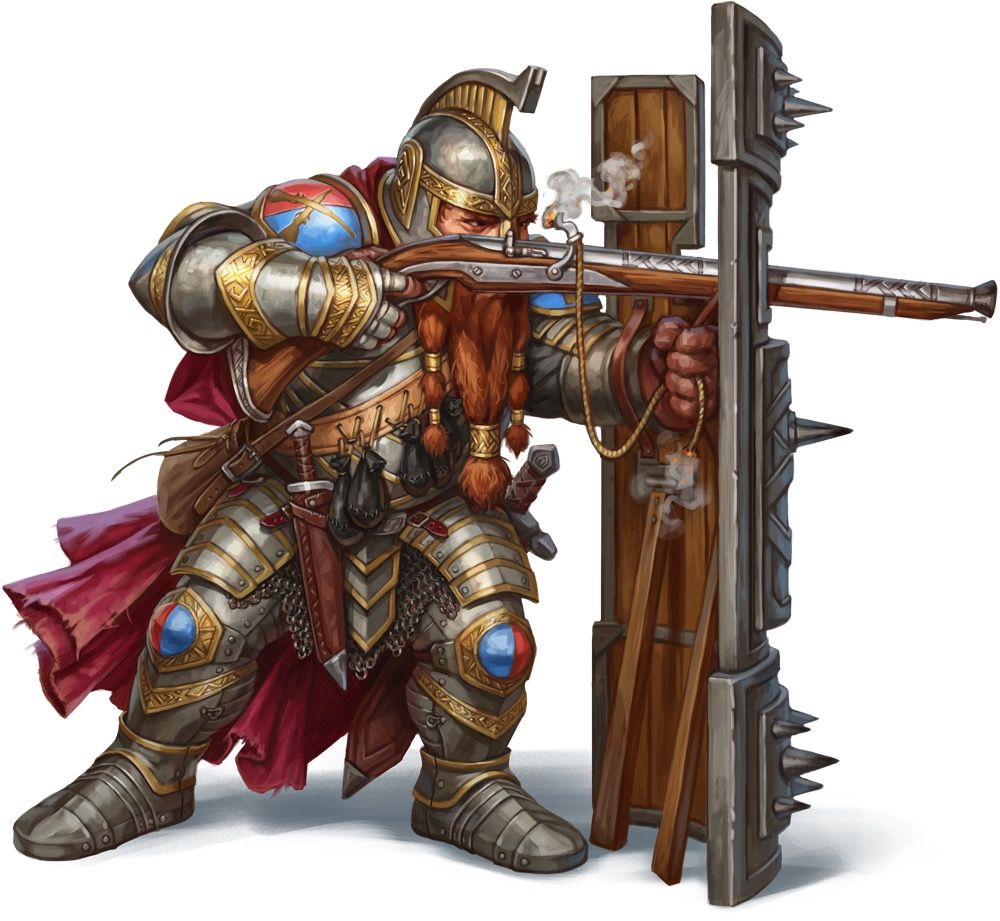Ever since the 1st edition of Dungeons & Dragons debuted, players immediately began trying to get every edge they could over the Dungeon Master (DM). This list is going to examine ten ways players can break the rules and not have their DMs notice, which is pretty much impossible since the game flows through the DM. Eventually the DM is going to notice.
In the context of this article, "break" has two meanings. The first is to violate the rules, meaning to either disregard what the source material states and change the rules to your advantage or to attempt to trick the DM. The secondary meaning of "break" is to “break” the rules (or break the game) by exploiting a loophole or by creatively combining aspects of the game for an advantage.
10 Endless Quiver
This is something many DMs have dealt with. When an archer gets to about mid-level, they probably have more than a few magical arrows in their quiver. DMs have enough to keep track of, so it is highly unlikely that they will have the time or presence of mind to keep a tally of the archer’s arrows as they are used.
By switching to a different type of arrow every other round, and not really keeping track of how many are being used, an archer can make those ten arrows +1 last for a month’s worth of sessions. They run out right about the time the DM finally asks, “How many of those do you have left?”
9 Whirlwind Polearm
This exploit was ousted in 5e, but, if you’re still using 3e or 3.5e, try this out. Run a fighter and use polearms as your weapon of choice. Pick all the prerequisites feats for the Whirlwind feat, and get that feat as soon as possible.
Now your fighter can get one attack on every enemy within your weapon’s range with no limit on the total number of attacks. With a twelve-foot long polearm, this strategy can be devastating. A high level fighter can quickly clear a room of enemies single-handedly using this attack.
8 Tabaxi Monk
This combination of race and class can become troublesome for a DM to deal with. Many DMs won’t even know this will be a problem until it is too late. A Tabaxi’s standard movement is 30. Take the Longstride feat for an extra +10, and monks get +10 at 2nd level (and this increases with level).
Now take the Feline Agility and Dash feats, which both double movement rate. With these modifiers, a Tabaxi monk can have a 200 movement. There are more speed increasing feats, such as Mobility, that could be taken too. Lastly, cast Haste on the Tabaxi monk, and you now have the D&D equivalent of the Flash.
7 Everyone’s A Fighter
There are way too many benefits to picking up a level of fighter when starting a character. Do you want to run a wizard? Start as a 1st level fighter, then become a wizard. You gain proficiency with every weapon and armor type, so your wizard will never suffer an attack penalty due to lack of proficiency or from wearing heavier armor.
Plus, you get a d10 for hit points, so, when you start getting levels in wizard at 2nd level, you will have the hit points of a 4th level wizard. Starting-off these extra hit points can mean the difference between life and death.
6 The Kender Pocket Grab
This exploit can become frustrating to a DM that is trying to limit magical items in their campaign. Kender have an ability called “pocket grab." The theory is that kender are constantly picking up items they find interesting.
In a pinch, kender can reach into their pockets and try to find something useful. About 95% of the time, the item is something useless and/or harmless—like a pretty feather or a glass marble. By the rules, there is always a small chance of pulling out a random magical item. If a player does this enough time the law of averages will come into play, and they will get a new magical item for free.
5 Free Room In Every Town
This is a trick to try out on your DM and see how long it takes them to catch on. When you get into a new town, pick an inn—preferably not one with heavy security. Start a bar fight when the tavern/dining area gets crowded, but don’t make it obvious that your party was the instigator. This should not be hard to do. Make sure the bar sustains heavy damage—throwing a few lit lanterns around will speed this up.
After the fight, make a deal with the owner of the inn. Give the owner a small amount of gold (taken off the losers of the bar-fight) to repair the tavern in exchange for a reserved room and a share of future profits.
4 The Swashbuckler
This combination can get very powerful, and there’s not much a DM can do about it —even if they do notice. At the third level, the swashbuckler has access to two abilities: Fancy Footwork and Rakish Audacity. Fancy Footwork allows your character to perform an attack action and then move out of melee, preventing attacks of opportunity against your swashbuckler. With Rakish Audacity, your swashbuckler can perform a sneak attack as long as no other creature is within five feet of your target, and you don’t have a disadvantage on the attack roll.
Using these two abilities, a swashbuckler can move in and sneak attack a target, then move out of melee every round.
3 Illusionary Evocation
When running an illusionist, the cantrip Minor Illusion becomes Improved Minor Illusion. This improved version allows the caster to create an image with sound. Use this cantrip to imitate the effects of spells like Dragon’s Breath or Ice Spear.
If you cast the real spell, then use the cantrip to imitate the spell, it will be difficult for the DM to justify the enemy disbelieving the illusion. The damage isn’t “real” and doesn’t inflict as much as the real spell would. However, if it drops the enemy below 0 hit points, they are still removed from the fight via knockout.
2 Silencing Stones
This exploit was fixed for 5e, but if your group is using an older edition then give this a try. Instead of silencing an opposing spell-caster, which would require a saving throw, cast silence on a small rock instead. Then, have your character toss the rock close to the spell-caster.
As long as it is within 15’ of the opposing spell-caster they are prevented from casting a spell with a verbal component—unless they have sub-vocal casting abilities. A handful of these rocks can be used to absolutely decimate a group of spell-casters in no time.
1 The Shield Wall
In the early editions of D&D, the shield wall wasn’t particularly effective. With the bevy of feats now available, the shield wall has suddenly become near unbreakable. Let’s say you have a party with two fighter types and a cleric outfitted for melee. Those three characters use a shield and take Warding Defense, Devout Protector Expertise, Last Legion Defender, and Phalanx Warrior.
These feats will combine to give a +6 to AC for those in the shield wall. This can be improved upon if one of the fighters is a paladin and takes the In Shining Armor feat for an additional +2. If the party's mage uses the tip from entry 8, they can help with the shield wall.











